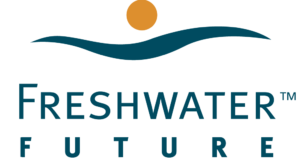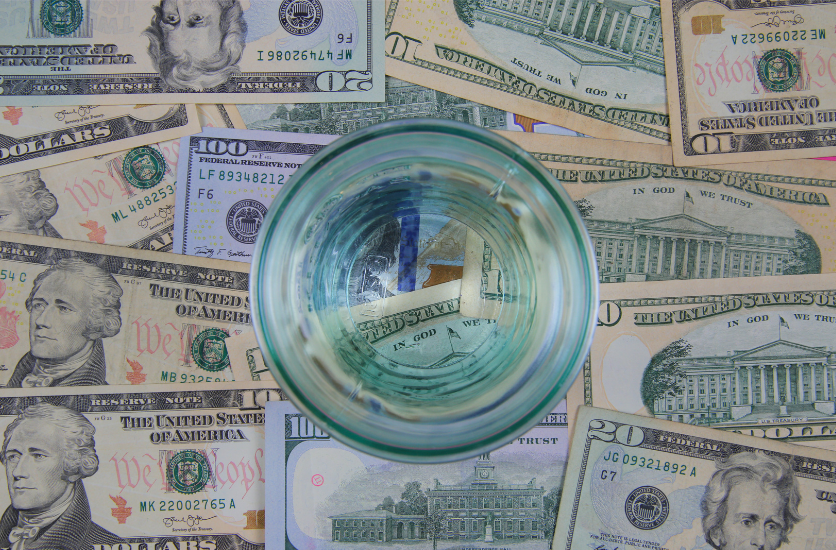Director’s Note
Jill M. Ryan, Executive Director
Cambridge English Dictionary defines affordability as: the state of being cheap enough for people to be able to buy. When we talk about the affordability of water, we have to start with the question, who is the customer, in order to determine what amount would be affordable for a customer to be able to buy water.
The United Nations for example, provides that the cost of providing water should not exceed 3% of household income, and the combined provision of water and sewer costs should not exceed 5% of household income if they are to be considered affordable. Unfortunately, rather than approaching affordability from the perspective of customers, we often learn that water is becoming or has become unaffordable only when people lose access to water because they couldn’t pay their water bill. In other words, we set water rates based on the need to meet expenses of our water utilities, rather than considering why water provision costs are rising and causing water to become unaffordable and addressing that problem head on.
Two of the big reasons for rising water costs at utilities are: aging water infrastructure that has been largely ignored for more than a century causing a century-old bill to come due for past unmet maintenance needs and increasing costs of treating water to remove contaminants such as lead, PFAS, bacteria, etc. Due to increased knowledge of the health impacts of emerging contaminants such as PFAS and lead, these two costs are being realized across the country at the same time and we must find solutions that allow us to focus on providing clean and safe water at affordable rates rather than continuing to pretend we can just increase rates for customers beyond their ability to pay.
As a recent report from Michigan State University by Dr. Elizabeth Mack, and others, explains, if water rates continue to increase at expected rates, in five years nearly 36% of U.S. households will no longer be able to afford water. To solve this problem, we cannot simply continue to raise rates and plow all of that money back into century-old solutions to our water provision and waste water treatment systems.
Rather, innovation and creativity are needed NOW! We must seize on new technologies and new ideas to build back our water systems in more sustainable ways than ever before. Technologies such as turbines in water pipes are already being implemented; ideas such as developing natural solutions not just to stormwater, but also for treating wastewater and capturing energy in the process must be pursued as tools to reduce costs and improve our infrastructure, not simply replace it.
Freshwater Future believes water is a basic human right and that we must find ways to help everyone be able to pay an affordable water bill and create ways to modernize our infrastructure and the resultant costs. The Great Lakes hold 20% of the Earth’s fresh surface water, and we are considered the wealthiest country in the world, yet an estimated 1,000,000 in our region do not have reliable access to running water. The U.S. also has the biggest wealth gap, and the gap in water affordability is a troubling part of that wealth gap.








